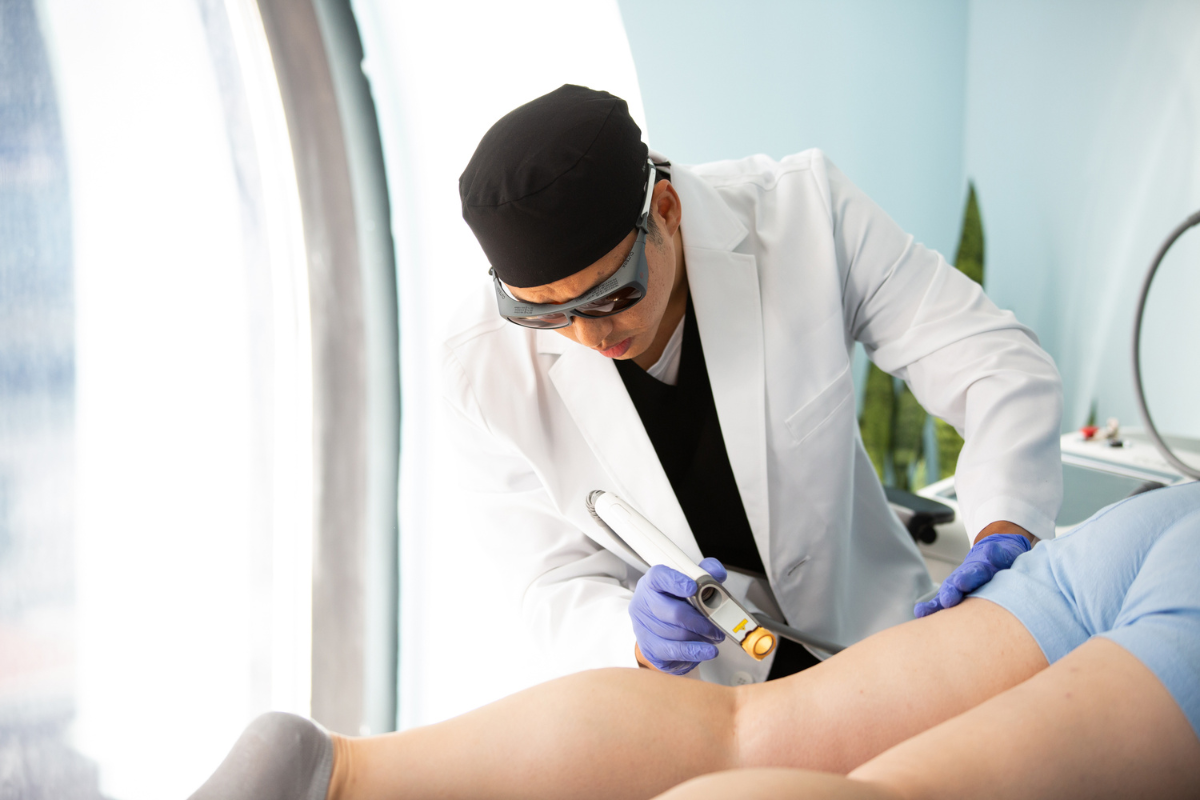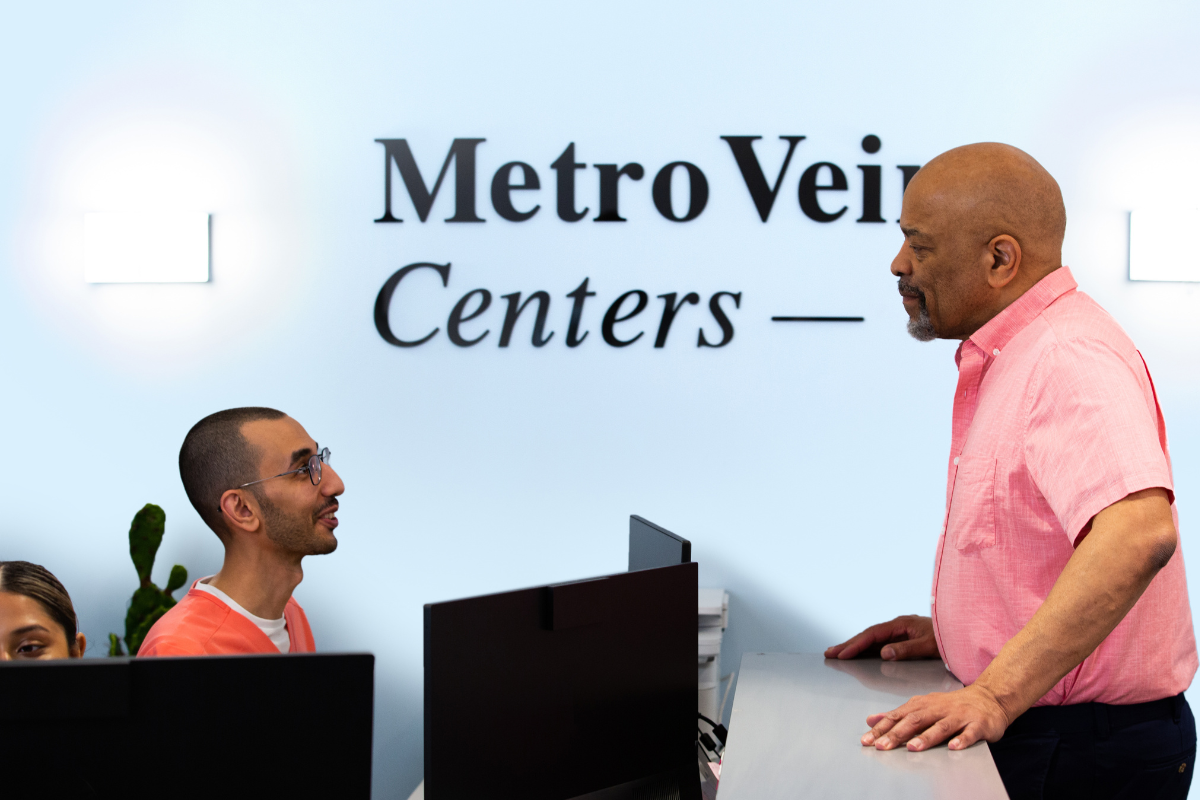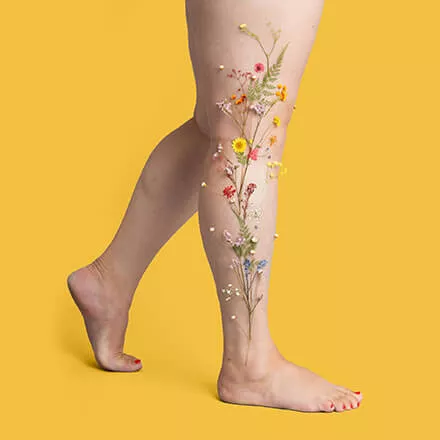Does insurance cover vein treatment? The answer is yes; most insurance companies will cover the cost of vein treatment when it is medically necessary. This is because, beyond being a cosmetic issue, vein disease (also known as chronic venous insufficiency) is a progressive medical condition that can lead to painful symptoms that can impact one's daily quality of life.
When is a vein treatment considered medically necessary? What treatments are typically covered? Read on, and we will answer these and other frequently asked questions.
When is Treatment Considered Medically Necessary?
According to the National Association of Insurance Commissioners, a "medically necessary" service is "necessary for and appropriate to the diagnosis, treatment, cure, or relief of a health condition." A physician or specialist must first examine the patient and then provide documentation of their opinion that the treatment is necessary.

If you have blood clots, DVTs, low-functioning veins, or other signs of chronic venous insufficiency, your treatments may be covered by insurance as a medical necessity. Symptoms of vein disease that may indicate that a treatment is medically necessary include:
- Pain
- Discomfort
- Swelling
- Skin discoloration
- Varicose veins
- Itching
- Ulcers
- Restless legs
Getting the Proper Diagnosis
Your vein doctor will determine the best way to help you find relief. Based on your symptoms, the location of your diseased veins, and other important factors (such as your activity levels and lifestyle), a customized treatment plan will be created for you.
At Metro Vein Centers, your board-certified vein doctor will conduct a free evaluation that may include a vein ultrasound to check if the valves in your veins are functioning properly. Following the evaluation, our patient care team will contact your insurance provider to determine your coverage options before we proceed with treatment.
Verifying Insurance Coverage
Communicating with your insurance provider can seem daunting and confusing. Your vein care provider and/or your health insurance company can help you determine what treatments are covered and the process you need to follow.
Metro Vein Centers is proud to work with over 200 insurance providers, and 97% of our vein treatments are covered by insurance. We'll handle talks with your provider to ensure your treatment process is smooth and stress-free, from evaluation to your last visit at our clinic.
We can work with your insurance provider to determine if you have met your deductible, how much your copays may be, and any other fees you can expect to face as you pursue medical treatment for your vein disease.

Medical Treatment Options for Varicose Veins
When considered medically necessary, varicose vein treatments are almost always covered by a patient's health insurance plan. Chronic venous insufficiency, which causes varicose veins, occurs when your veins can't efficiently pump blood back to your heart. This leads to poor circulation in the legs and symptoms such as bulging veins, leg ulcers, and intense leg pain over time, and worsens the longer left untreated.
Based on your symptoms, the location of your diseased veins, and other important factors (such as your activity levels and lifestyle), your vein doctor will determine a customized treatment plan will be drawn up, and your appointments will be scheduled.
Some of the treatment options commonly covered by insurance include:
Endovenous Laser Ablation: EVLA uses optic fiber and laser technology to treat varicose veins.
Radiofrequency Ablation: RFA is a varicose vein treatment that uses pulsating radiofrequency energy.
Sclerotherapy: A diluted, medicinal foam is injected into the veins, causing them to quickly close and be reabsorbed into the body.
Varithena: This is a foam medication (the same used for sclerotherapy, in a higher dose) that your vein doctor will inject into the diseased vein.
VenaSeal: Is a medical bioadhesive injected into diseased veins. Only a single injection is required, and after six months, it has a 99% success rate.
Microphlebectomy: This treatment consists of 2-3 mm incisions on problem areas of the leg to permanently remove more prominent, twisted veins pressing against the surface of the skin.

Medical Treatment Options for Spider Veins
Spider vein treatment can be deemed medically necessary when accompanied by painful symptoms of vein disease, such as heaviness, cramping, or burning. Though cosmetic treatments are usually not covered by insurance, many patients find themselves with both cosmetic spider veins and the painful symptoms associated with vein disease.
If you are experiencing spider veins without any associated symptoms of vein disease, most insurance companies consider treatment for these visible veins to be strictly cosmetic.
The treatment options for spider veins include:
Sclerotherapy: Used to treat both varicose and spider veins using an injectable foam.
Excel V+ Laser: This is a 100% non-invasive treatment that allows your vein doctor to eliminate veins from the outside without incisions or injections.

Paying for Spider Vein Treatment
When paying out of pocket for spider vein treatment, the cost can vary based on the surface area (or how much skin is covered with web-like blue, green, purple, or red veins) and the severity of the spider veins (namely, how dark/pigmented they are, the thickness, and the spread).
At some vein clinics, sclerotherapy costs range from $350 to $700 per session, with an average cost of around $500. Typically, sclerotherapy requires between 1 and 3 sessions to achieve permanent spider vein removal. As part of our commitment to affordable vein treatment, Metro Vein Centers offers laser spider vein removal and sclerotherapy at $350 per session and has discounted pricing for multiple treatments.
How Metro Vein Centers Can Help
We'll handle talks with your provider to ensure a smooth and stress-free treatment process from evaluation to your last visit to our clinic. Our goal is to provide the highest-quality customized care.
All are welcome in our clinics. Even if you don't have insurance, our evaluations are free as part of our commitment to increasing access to vein disease education. If you're interested in a free consultation with a vein specialist, book your appointment online or call us at 866-831-9522. Our team is happy to answer any inquiries about treatment options, scheduling, or insurance coverage.
We're here to help you begin your journey toward healthy, happy legs, and we'll be with you every step of the way. We've got you covered; let us know how we can help!


Dr. Philip LoPresti
Meet Dr. Philip LoPresti DO, DABVLM, FACS, a board-certified vein specialist and surgeon with over 20 years of experience. Schedule an appointment with him in Queens, NY today.
Meet Dr. Philip LoPresti
Trusted insight from the nationally accredited, board-certified vein doctors at Metro Vein Centers.







